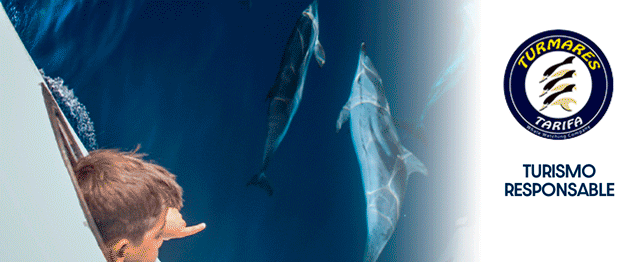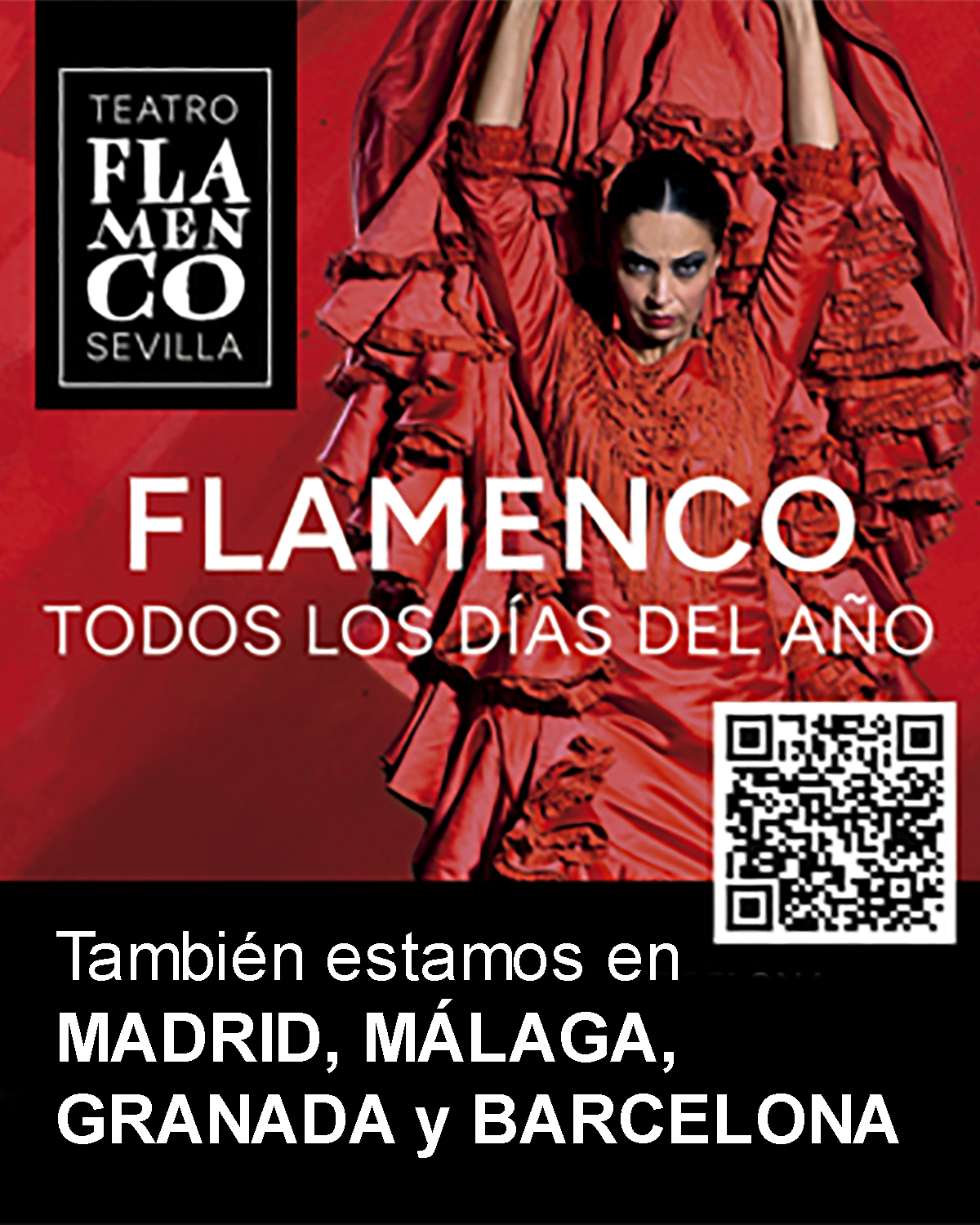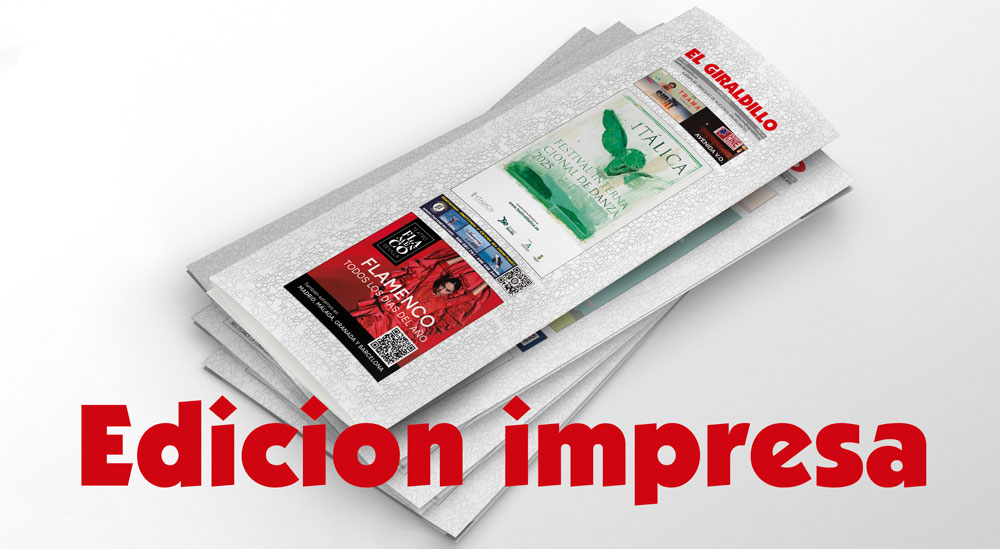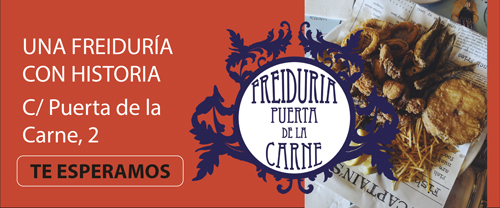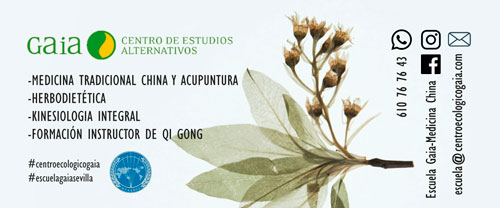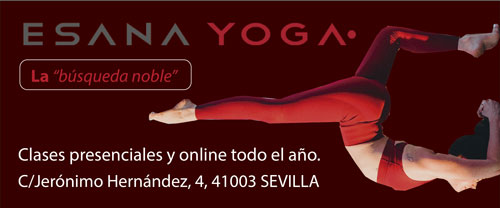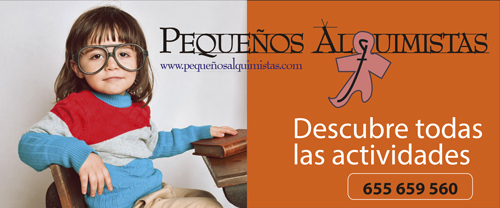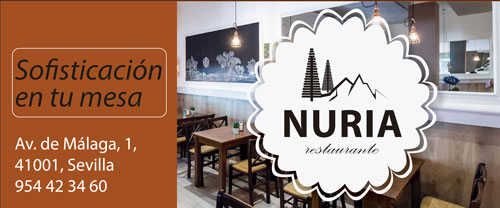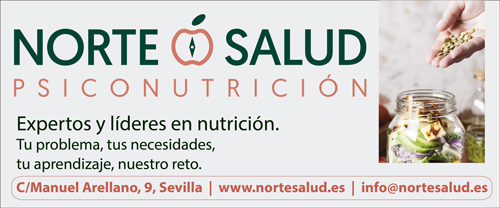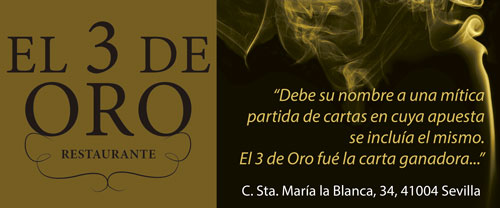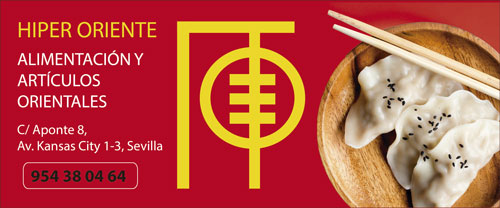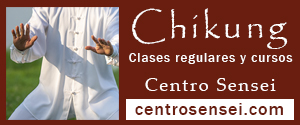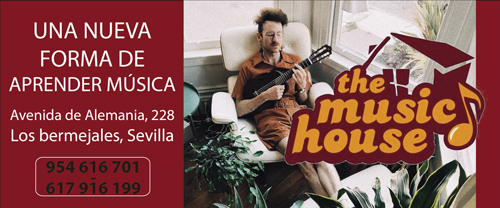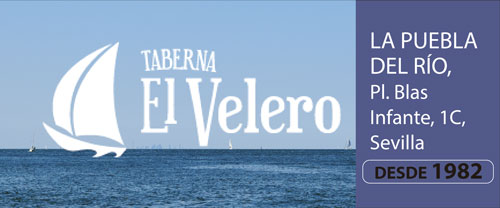Málaga Av de Sor Teresa Prat, 15
COLECCIÓN DEL MUSEO RUSO SAN PETERSBURGO.
Marc Chagall se hizo como artista en San Petersburgo y floreció en París, pero nunca perdió la conexión con Vitebsk, su ciudad natal, ni con el pequeño mundo de la comunidad judía en que creció. Allí volvió, al estallar la I Guerra Mundial, para casarse, y allí permaneció durante la revolución.
Esta exposición nos trae una excepcional muestra de su trabajo durante los años parisinos y los posteriores de retorno en Bielorrusia, poniendo su obra en relación con la de otros grandes artistas judíos como Robert Falk, Nathan Altman (cuyo extraordinario autorretrato vuelve a nuestras salas), El Lisstisky o Josif Shkolnik.
La Agencia Pública para la Gestión de la Casa Natal Pablo Ruiz Picasso y otros Equipamientos Museísticos y Culturales se ha sumado, al igual que hiciera el año pasado, a la campaña “Por amor al arte, dona sangre” que comienza mañana 1 de febrero. Las personas que donen sangre entre el 1 y el 15 de febrero en el Centro Regional de Transfusiones recibirán un talonario de invitaciones con el que podrán visitar de forma gratuita los principales espacios museísticos y culturales de la ciudad.
COLLECTION OF THE RUSSIAN MUSEUM SAN PETERSBURG.
Marc Chagall became an artist in St. Petersburg and flourished in Paris, but never lost connection with Vitebsk, his hometown, or the small world of the Jewish community in which he grew up. There he returned, at the outbreak of World War I, to marry, and remained there during the revolution.
This exhibition brings us an exceptional sample of his work during the Parisian and subsequent years of return in Belarus, putting his work in relation to that of other great Jewish artists like Robert Falk, Nathan Altman (whose extraordinary self-portrait returns to our rooms), The Lisstisky or Josif Shkolnik.
KOLLEKTION DES RUSSISCHEN MUSEUMS SAN PETERSBURG.
Marc Chagall wurde ein Künstler in St. Petersburg und blühte in Paris auf, verlor aber nie die Bindung zu Witebsk, seiner Heimatstadt, oder der kleinen Welt der jüdischen Gemeinde, in der er aufwuchs. Dorthin kehrte er beim Ausbruch des Ersten Weltkrieges zurück, um zu heiraten, und blieb dort während der Revolution.
Diese Ausstellung zeigt uns eine außergewöhnliche Auswahl seiner Arbeit während der Pariser und auch nachfolgenden Jahre der Rückkehr nach Weißrussland, indem er seine Arbeit in Beziehung zu jenen anderen großen jüdischen Künstlern wie Robert Falk, Nathan Altman (dessen außergewöhnliches Selbstbildnis auf unsere Räume zurückkehrt), Die Lisstisky oder Josif Schkolnik setzt.
¡Comenta ahora y gana dos entradas de cine!
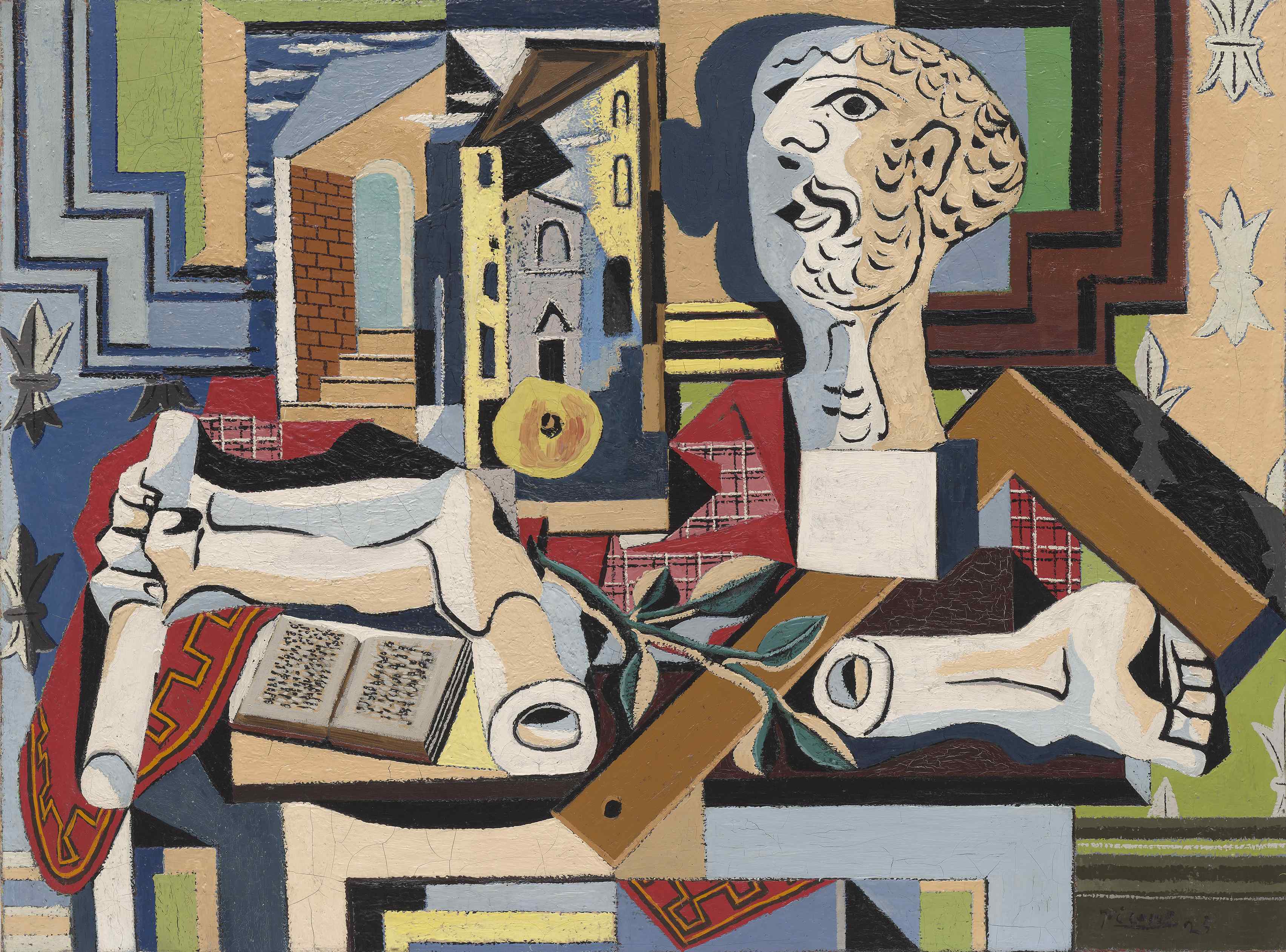
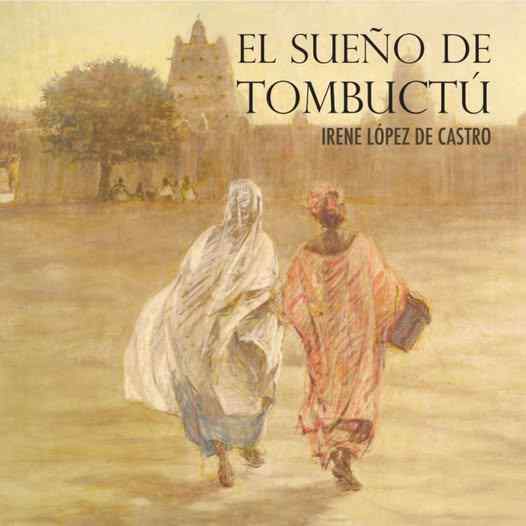
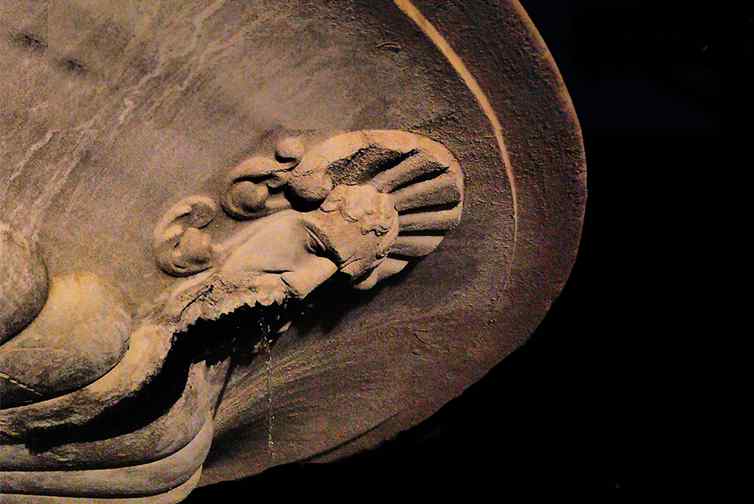
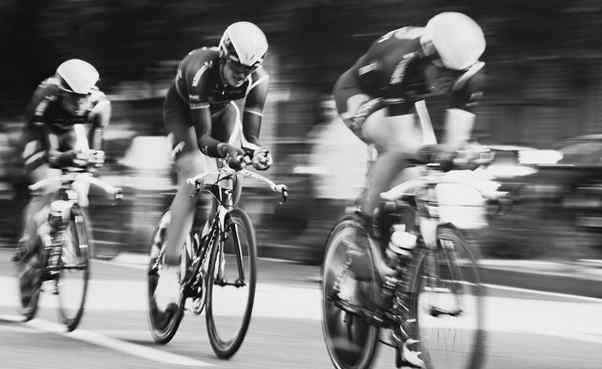
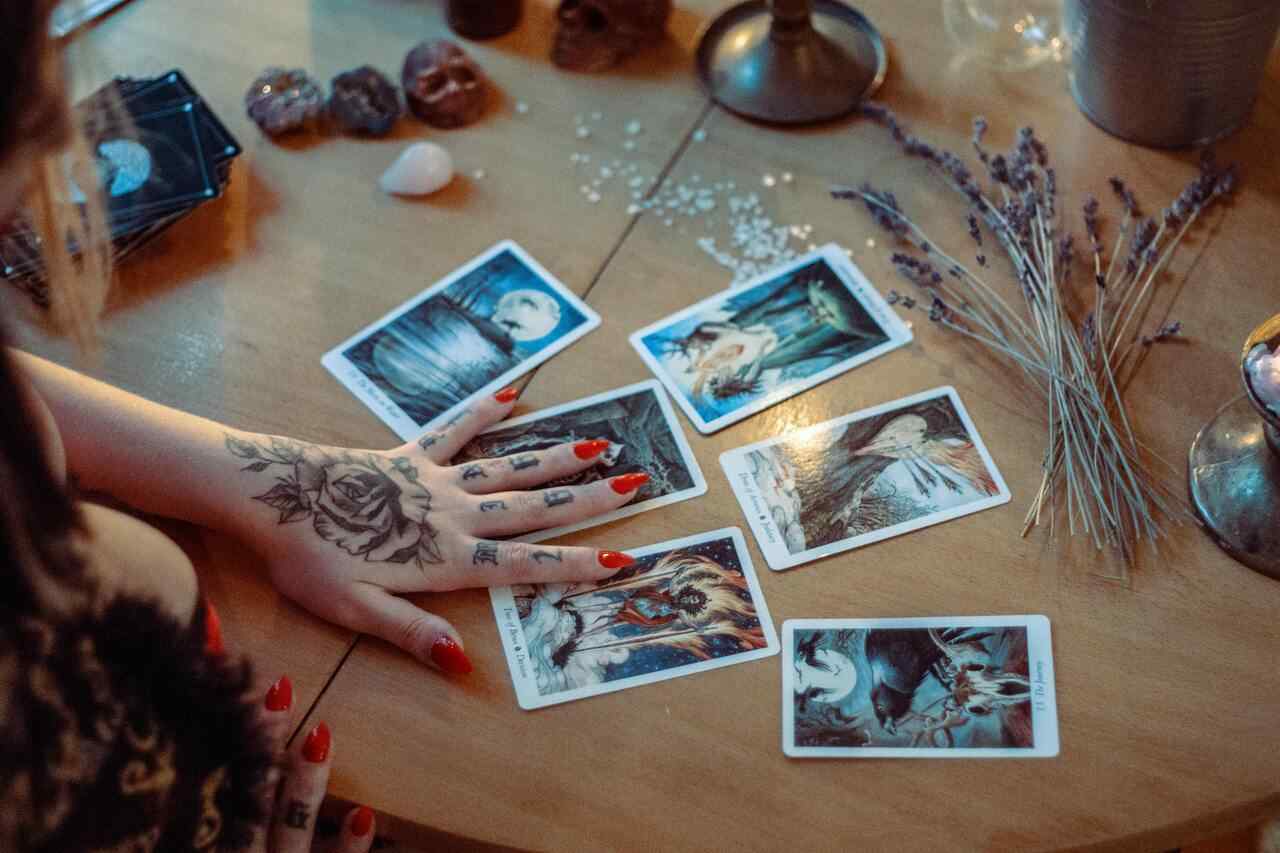
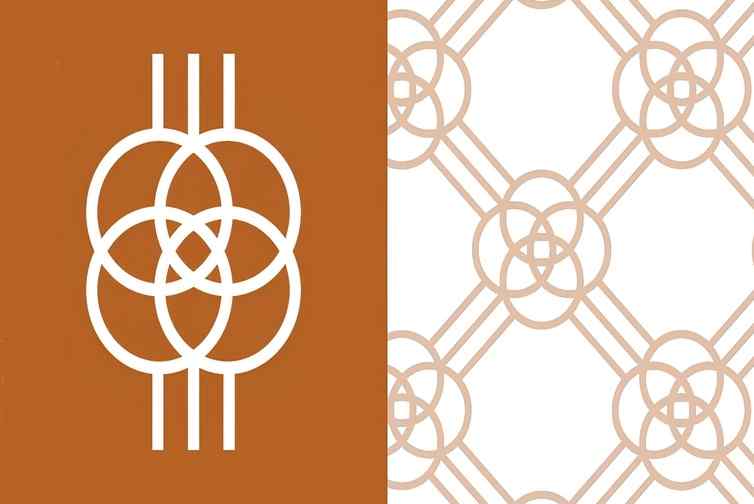


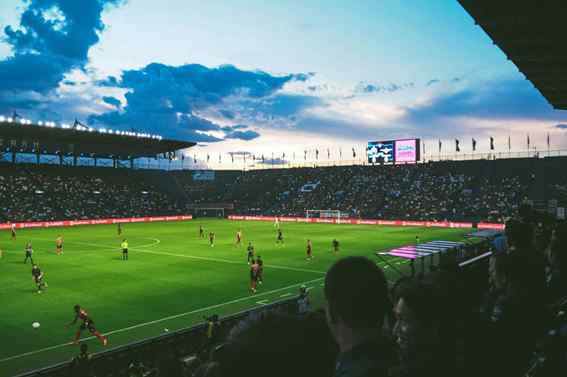



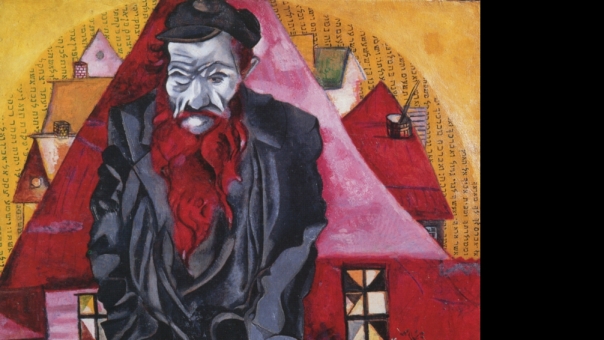
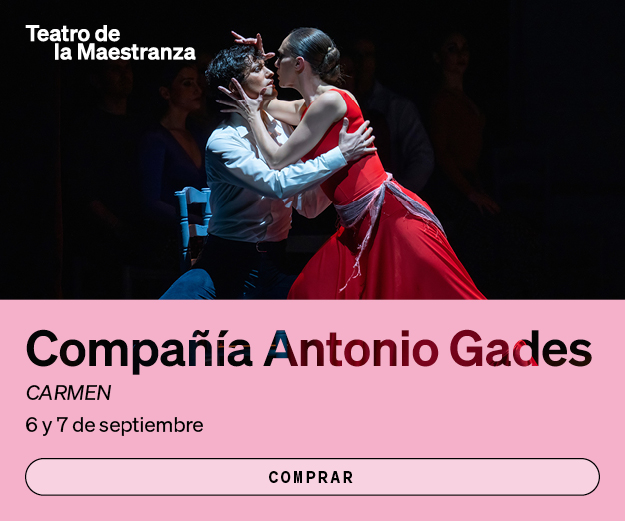

 (1).jpg)

